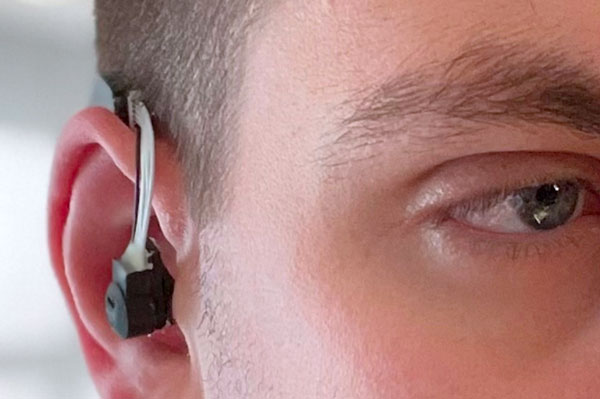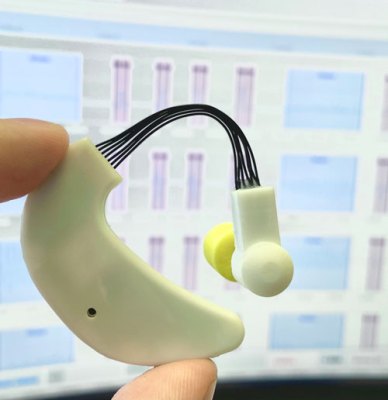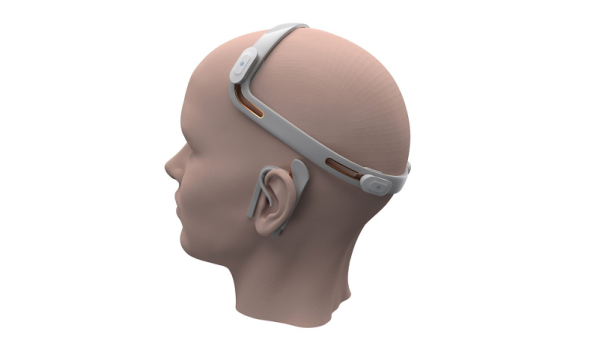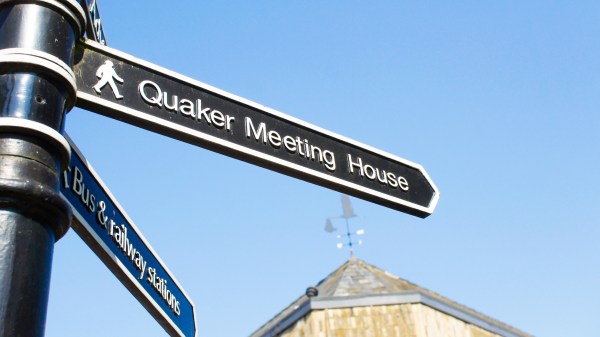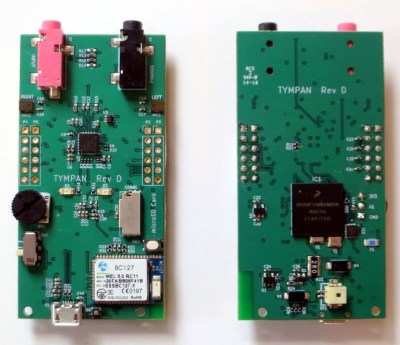When the entry of a tech giant such as Apple into a market represents its liberation from exploitation, that market must be really broken, yet the reported FDA approval of the hearing aid feature in the latest AirPod earbuds seems to represent just that. The digital hearing aid business is notorious for its sharp sales practices and eye-watering prices, so for all Apple’s own notoriety the news might actually represent a leap forward for consumers in that sector. We have to ask though, if Apple of all people are now the Good Guys, where has the world of electronics gone so badly wrong?
Your grandparents decades ago would have had a simple analogue hearing aid if they had one, usually a small transistor circuit and perhaps with some kind of analogue filtering. Digital aids with DSP algorithms to pick out speech arrived some time in the 1990s, and from there evolved a market in which their high prices increasingly didn’t match the cost of the technology or software involved. At least in the UK, they were sold aggressively to older people as less cumbersome or better than the National Health Service aids, and if you had an older person in the family it was routine to see pages and pages of targeted junk mail offering dubious financial schemes to pay for them.
The question then, given that a modern hearing aid has a relatively cheap microcontroller and DSP at its heart, why has the open source community not risen to the challenge? The answer is that they have, though the Tympan seems an over-expensive trinket for what it is and the LoCHAid and Open Speech Platform seem to have sunk without trace. Can we do better?
Header: Gregory Varnum, CC BY-SA 4.0 .


